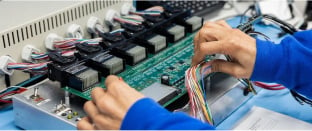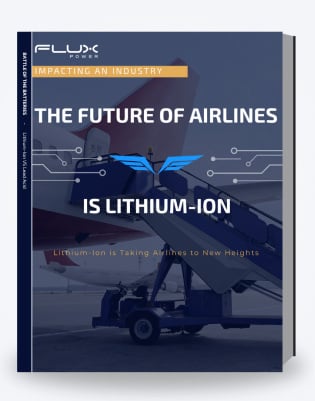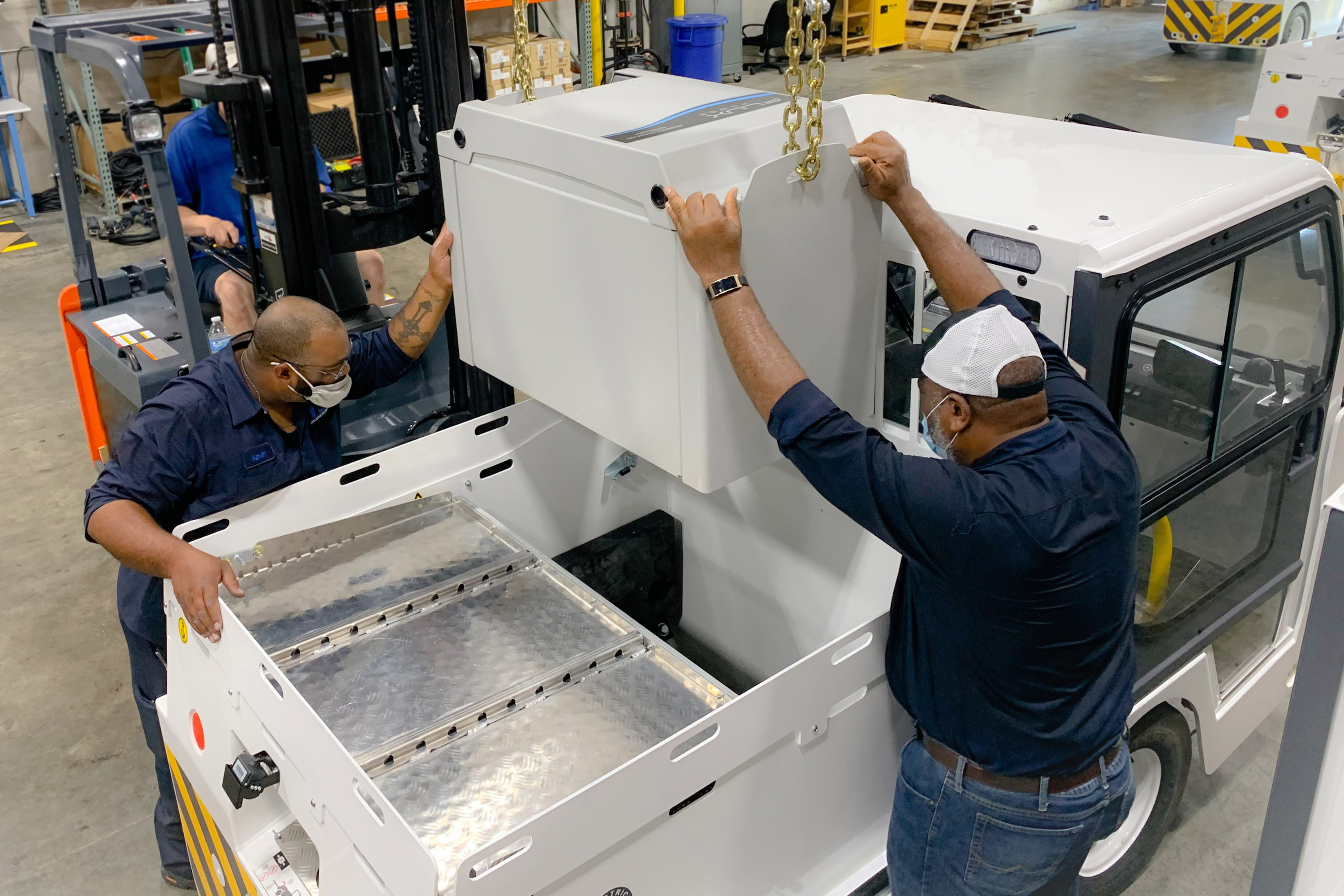The Current State of the Aviation Industry
The aviation industry has taken a major blow as a result of the COVID-19 pandemic. The IATA predicts that passenger numbers will not recover to pre-pandemic levels until 2023.
While managing costs is going to be a high priority for the immediate future, there will also be a significant amount of capital injected into the airlines through government aid.
The aviation industry is often a target of policy intervention, especially now - as of August 2020, the U.S. government has provided over $80 billion to airlines in relief measures. In 2021, US airlines will receive another $14 billion in government aid giving the airlines and airports another round of support during these hard times.
As airlines plan how they will adjust their business to move forward for the next few years, it is an ideal time to re-evaluate processes and equipment for the future. The article "It's Time To Evaluate Your Ground Support Products" provides insights into key factors to consider when assessing GSE and their energy sources.
The Organization for Economic Co-operation and Development (OECD) writes that it is imperative to focus on environmental sustainability to ensure the long-term resilience and viability of the aviation industry.
One increasingly popular solution for improving sustainability is switching to lithium-ion powered ground support equipment.
4 Reasons to Invest in Lithium-ion Powered Ground Support Equipment
As airports and airlines look for ways to reduce long-term costs and improve productivity, lithium-ion powered ground support equipment offers a great solution.
Below, we will cover the top four ways lithium-ion batteries are better than other methods of powering ground support equipment.
-
- Long-Term Cost Savings with More Equipment Uptime
When evaluating ground support equipment and their source of energy, it is important to not just consider only the purchase price of a lithium-ion battery but also take into account:
- Long-Term Cost Savings with More Equipment Uptime
- Overall labor savings
- Rise in productivity
- Equipment uptime
Lithium-ion batteries unquestionably allow for more equipment uptime due to their ability to be opportunity charged. Because airplanes operate according to a precise flight schedule, it is important that GSE battery’s availability is aligned with an airplane’s needs. Opportunity charging means that there will be more flexibility for ground support equipment scheduling without worrying about a lead acid battery with a lengthy charging requirement.
Lithium-ion batteries have no required maintenance, unlike lead acid batteries. And they don’t need oil changes, filter changes and inspections that are required in internal combustion engine powered GSE. This increases equipment uptime and delivers long-term cost savings. The article "How Airlines Can Save Money on Ground Support Equipment" explores cost-saving strategies for transitioning to lithium-ion technology, including potential funding.
- Emission Reduction with the Airport Improvement Program (AIP)
Traditionally, GSE have been powered by internal combustion engines. However, it is becoming more and more attractive for airlines and airports to make the switch to electric GSE for the purpose of reducing emissions.
In an effort to improve local air quality at airports, the FAA created the Airport Zero Emissions Vehicle and Infrastructure Pilot Program in 2012. This program allows airport owners and sponsors to use AIP grant money to purchase zero-emission vehicles and to make the necessary changes to their infrastructure for using those vehicles instead of internal combustion-powered equipment.
These programs are available to offset some of the purchase price for equipment that helps to reduce emissions.
- Higher Energy Efficiency
A battery’s overall energy efficiency depends on many factors, including:
- the charge current voltage
- internal resistance
- temperature
- age
Battery efficiency is usually measured by determining the difference between the voltage when the battery is charging vs. discharging.
Lithium-ion batteries are the most energy-efficient with a CE rating of about 99%, while a hydrogen fuel cell averages 40-60% and an internal combustion engine is 25-30%. Lead acid battery efficiency can range anywhere from 50-90%.
Additionally, the nature of the job for ground support equipment - i.e., frequent starts and stops, longer idle times, and short travel distances, makes lithium-ion an intuitive choice. In this type of usage, combustion engines use a lot more fuel than they would doing “highway miles”.
The article "Advanced Lithium-Ion Battery Technology: Innovations" explains the latest breakthroughs in lithium-ion battery efficiency and how they outperform other power sources.
- Best Battery for Cold Weather
The holidays, such as Thanksgiving, Christmas and New Years, are typically the busiest time of year for US airports. In 2019, Airlines for America (A4A) projected 2.6 million passengers will fly per day over these holidays.
During the colder seasons, ground support equipment batteries decline in performance making it harder for airports to keep things moving when busy.
Lead acid batteries experience sharp degradation in both performance and lifespan in colder temperatures, with a drop in performance, ranging from 30-50% depending on how cold it is.
With the season being cold and busy, it is more common to see operators rush the charging process for a lead acid battery. Airports need to have equipment that can keep up with the constant flights coming in and out during these times.
This degradation in performance creates a harsh cycle where lead acid batteries are not given sufficient time to cool down after charging because operators are in a hurry to get their equipment back up and running. This practice is even more damaging to the battery’s capacity and overall lifespan.
For busy airport ground operators just trying to keep things moving during the colder seasons when traveling, these performance issues can make a huge difference in overall energy efficiency.
Lithium-ion batteries maintain the same level of performance in colder temperatures, and many battery packs come with built-in heaters to maintain the temperature and reduce possible performance issues. The article "Debunking the Top Industrial Lithium-ion Battery Misconceptions" addresses concerns about lithium-ion batteries, including their superior cold-weather performance.
With the aviation industry trying to recover post-pandemic, it is time for airlines to start thinking about how to go back to normal operations. With decreased passenger revenue this past year, it is important for GSE fleet managers to look for ways to reduce downtime, maintenance, and labor costs. Lithium-ion batteries can help minimize those expenses while helping ground support equipment operators servicing the planes to keep them in the air.












